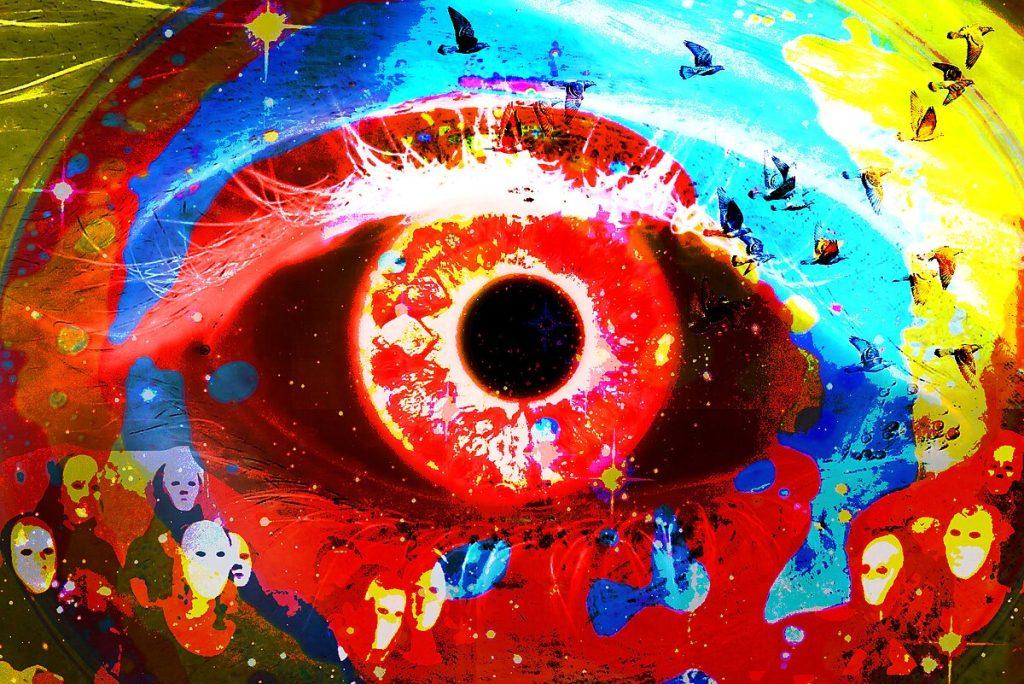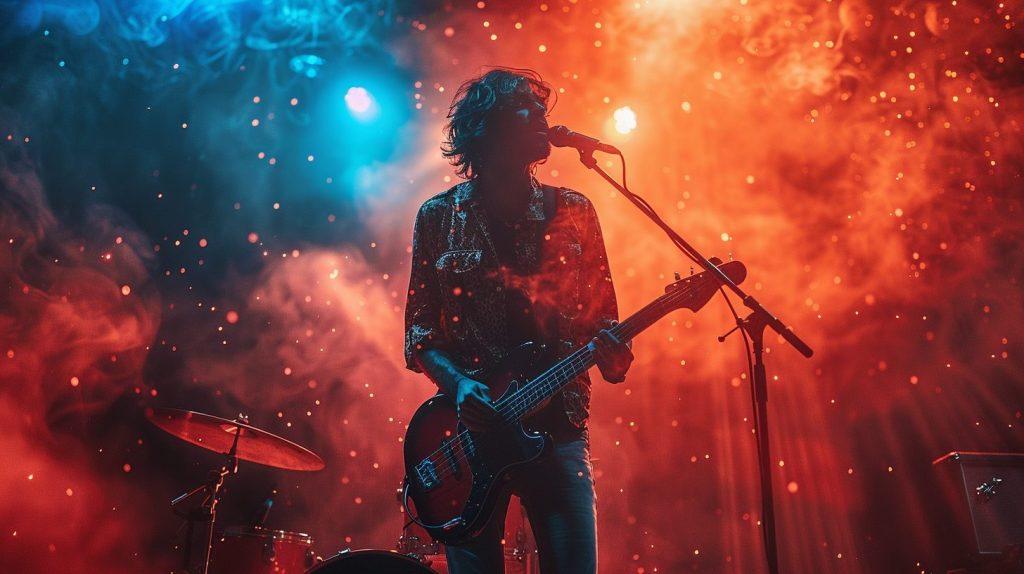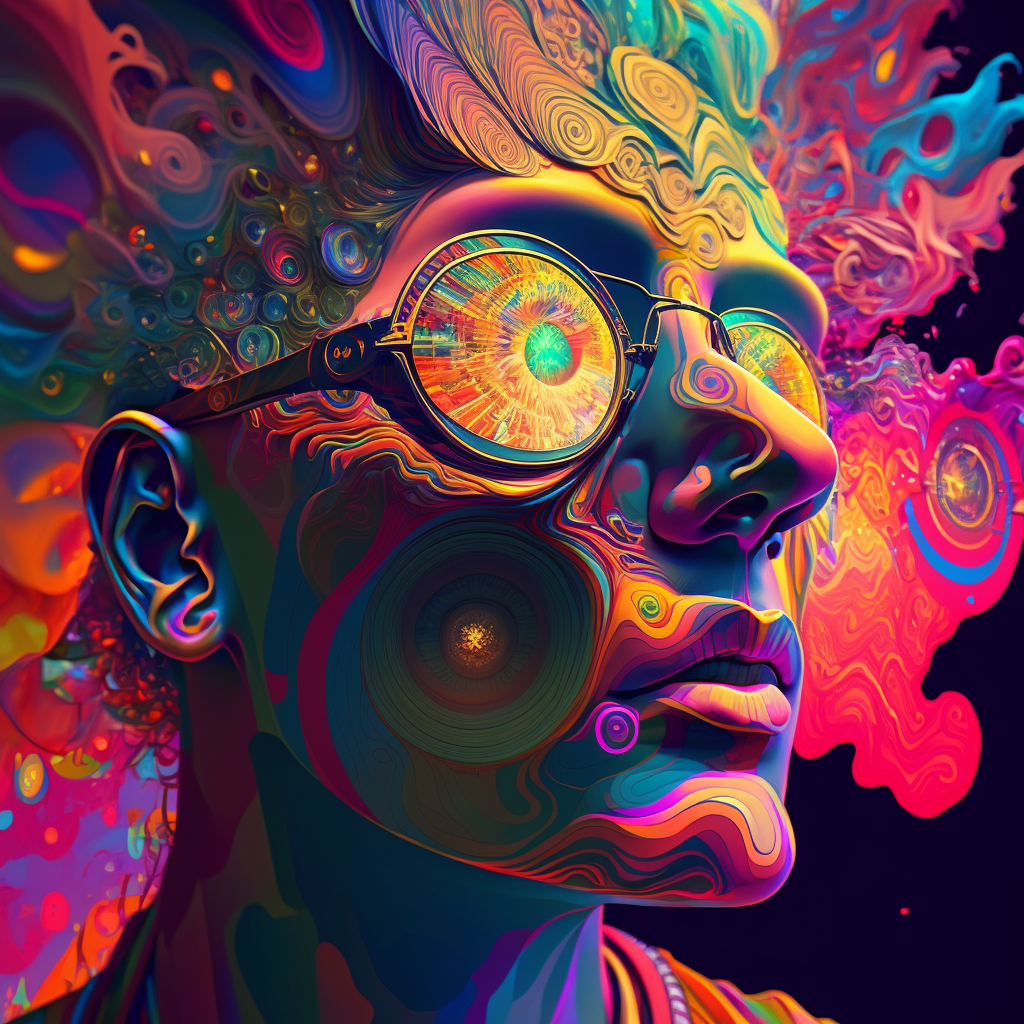
 Fusing Worlds: The Evolution of Psychedelic Rock into Electronic Music
Fusing Worlds: The Evolution of Psychedelic Rock into Electronic Music
Leave a comment
The evolution of psychedelic rock into electronic music is a fascinating journey that highlights the dynamic nature of musical genres. Psychedelic rock, with its roots in the countercultural movements of the 1960s, has significantly influenced various music styles, leading to the birth of new genres and subgenres. One of the most notable transformations is its fusion with electronic music, which has given rise to a unique sound that continues to captivate audiences today. This article delves into the evolution of psychedelic rock into electronic music, exploring its origins, key influences, and the ongoing legacy of this genre-blending phenomenon.
Origins of Psychedelic Rock
Psychedelic rock emerged in the mid-1960s, deeply intertwined with the counterculture movements of the era. The genre was characterized by its surreal lyrics, extended instrumental solos, and experimental sounds. Bands like The Beatles, Pink Floyd, The Doors, and Jimi Hendrix were at the forefront of this musical revolution. The evolution of psychedelic rock into electronic music can be traced back to these early pioneers who sought to push the boundaries of conventional rock music.
The improvisation in psychedelic rock was a key element that set it apart from other genres. Musicians would often engage in lengthy jam sessions, exploring new sonic landscapes and creating a sense of spontaneity and unpredictability. This approach not only captivated listeners but also laid the groundwork for future experimentation with electronic sounds.
Early Influences and Experimentation
The evolution of psychedelic rock into electronic music began with early experimentation in the 1960s and 1970s. During this time, technological advancements allowed musicians to explore new soundscapes and incorporate electronic elements into their music. Tape loops, reverb, and delay effects became integral components of the psychedelic rock sound.
The Beatles’ “Tomorrow Never Knows,” from their 1966 album Revolver, is a prime example of this early experimentation. The track featured tape loops, reversed sounds, and innovative studio techniques that paved the way for the evolution of psychedelic rock into electronic music. Similarly, Pink Floyd’s early work, including their 1967 debut album The Piper at the Gates of Dawn, showcased the band’s willingness to experiment with electronic sounds and studio effects.
The Transition to Electronic Music
The transition from psychedelic rock to electronic music was marked by the emergence of new instruments and technologies. Synthesizers, drum machines, and samplers became more accessible, allowing musicians to create complex and layered soundscapes. This period saw the rise of electronic music pioneers who were heavily influenced by the psychedelic rock ethos.
Kraftwerk, a German band formed in the early 1970s, played a pivotal role in this transition. Their use of synthesizers and electronic beats was revolutionary and laid the foundation for many electronic music genres. Brian Eno, another key figure, brought a psychedelic sensibility to his ambient music, blending electronic sounds with the improvisational spirit of psychedelic rock. Tangerine Dream, with their expansive and atmospheric compositions, also contributed to the evolution of psychedelic rock into electronic music.
Fusion and Genre Blending
The fusion of psychedelic rock and electronic music resulted in a unique sound that transcended traditional genre boundaries. This genre-blending phenomenon had a profound impact on the music industry and listener perceptions. Artists and bands that successfully combined these elements created seminal albums that continue to be celebrated.
One of the most iconic examples of this fusion is Pink Floyd’s 1973 album The Dark Side of the Moon. The album seamlessly integrated electronic elements with the band’s psychedelic roots, creating a cohesive and innovative sound. The use of synthesizers, tape loops, and studio effects added a new dimension to their music, showcasing the potential of electronic experimentation within a rock framework.
The Rise of Subgenres

As the evolution of psychedelic rock into electronic music progressed, several subgenres emerged, each with its own distinct characteristics and key artists. Psytrance, for instance, combined the hypnotic and repetitive elements of trance music with the surreal and mind-altering qualities of psychedelic rock. Artists like Infected Mushroom and Shpongle became synonymous with this genre, pushing the boundaries of electronic music while staying true to the psychedelic ethos.
Chillwave, another subgenre, blended the nostalgic and dreamy elements of 1980s synth-pop with the introspective and experimental nature of psychedelic rock. Artists like Washed Out and Neon Indian created music that evoked a sense of nostalgia while exploring new sonic territories. These subgenres not only highlighted the evolution of psychedelic rock into electronic music but also demonstrated the versatility and adaptability of the genre.
Modern Psychedelic Electronic Music
The evolution of psychedelic rock into electronic music continues to this day, with contemporary artists and bands pushing the boundaries of the fusion. Modern psychedelic electronic music is characterized by its innovative use of technology, digital production techniques, and a willingness to experiment with different sounds and genres.
Tame Impala, led by Kevin Parker, is a prime example of this modern fusion. The band’s music combines the introspective lyrics and lush soundscapes of psychedelic rock with electronic beats and production techniques. Albums like Currents and The Slow Rush have received critical acclaim for their ability to blend these elements seamlessly.
Festivals and live performances also play a significant role in the evolution of psychedelic rock into electronic music. Events like Burning Man and Coachella provide platforms for artists to showcase their genre-blending music, creating immersive and transformative experiences for audiences. The use of visual effects, light shows, and cutting-edge technology enhances the psychedelic and electronic elements of these performances, further blurring the lines between the two genres.
Case Studies
Examining the discographies and musical styles of select artists who epitomize the fusion of psychedelic rock and electronic music provides valuable insights into the genre’s evolution. Tame Impala, mentioned earlier, is one such artist whose work showcases the potential of this fusion.
Another notable example is MGMT, whose debut album Oracular Spectacular featured a blend of psychedelic rock and electronic music that resonated with a wide audience. Tracks like “Electric Feel” and “Kids” combined catchy electronic beats with psychedelic melodies, creating a sound that was both innovative and accessible.
Animal Collective is another band that has successfully merged psychedelic rock and electronic music. Their experimental approach to music-making, characterized by the use of samplers, synthesizers, and unconventional song structures, has resulted in a body of work that defies easy categorization. Albums like Merriweather Post Pavilion exemplify the band’s ability to create immersive and otherworldly soundscapes.
The Future of Psychedelic Rock and Electronic Music
The future of psychedelic rock and electronic music looks promising, with new technologies and production techniques continuing to shape the genre. The evolution of psychedelic rock into electronic music is likely to be influenced by advancements in artificial intelligence, virtual reality, and other cutting-edge technologies. These innovations have the potential to further blur the lines between the two genres, creating new and exciting possibilities for musicians and listeners alike.
The cultural relevance and impact of psychedelic and electronic music also show no signs of waning. As society continues to grapple with rapid technological change and shifting cultural landscapes, the introspective and transformative qualities of these genres offer a sense of solace and exploration. The philosophy of psychedelic rock, which emphasizes a deeper understanding of the self and the universe, remains a powerful influence on contemporary music.
The Endless Journey of Sound Fusion

The evolution of psychedelic rock into electronic music is a testament to the dynamic and ever-changing nature of musical genres. From its origins in the 1960s counterculture to its modern-day incarnations, this fusion has resulted in a rich and diverse body of work that continues to captivate audiences. By understanding the key influences, technological advancements, and cultural contexts that have shaped this evolution, we can appreciate the enduring legacy and future potential of psychedelic and electronic music. The evolution of psychedelic rock into electronic music is not just a historical phenomenon but an ongoing journey that promises to push the boundaries of creativity and innovation.
Categorised in: Psychedelic



